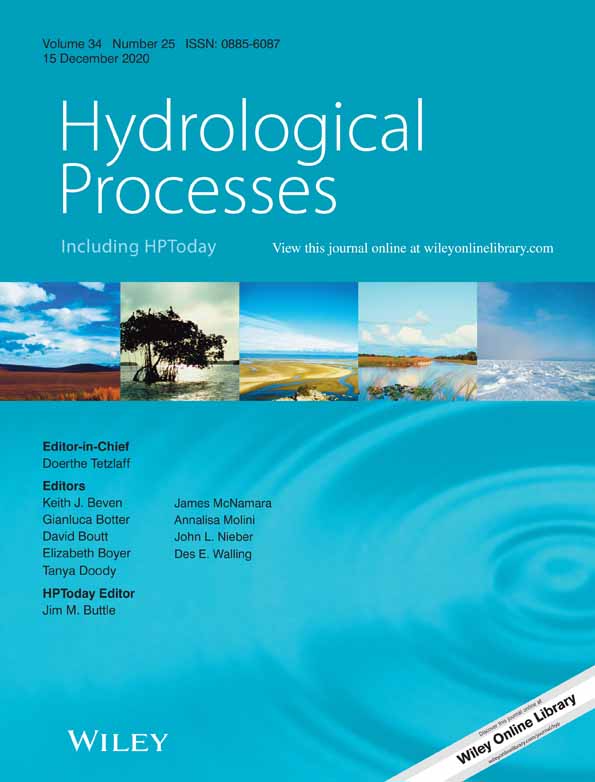Refining image-velocimetry performances for streamflow monitoring: Seeding metrics to errors minimization
Funding information: European Cooperation in Science and Technology, Grant/Award Number: CA16219
Abstract
River streamflow monitoring is currently facing a transformation due to the emerging of new innovative technologies. Fixed and mobile measuring systems are capable of quantifying surface flow velocities and discharges, relying on video acquisitions. This camera-gauging framework is sensitive to what the camera can “observe” but also to field circumstances such as challenging weather conditions, river background transparency, transiting seeding characteristics, among others. This short communication paper introduces the novel idea of optimizing image velocimetry techniques selecting the most informative sequence of frames within the available video. The selection of the optimal frame window is based on two reasonable criteria: (a) the maximization of the number of frames, subject to (b) the minimization of the recently introduced dimensionless seeding distribution index (SDI). SDI combines seeding characteristics such as seeding density and spatial clustering of tracers, which are used as a proxy to enhance the reliability of image velocimetry techniques. Two field case studies were considered as a proof-of-concept of the proposed framework, on which seeding metrics were estimated and averaged in time to select the proper application window. The selected frames were analysed using LSPIV to estimate the surface flow velocities and river discharge. Results highlighted that the proposed framework might lead to a significant error reduction. In particular, the computed discharge errors, at the optimal portion of the footage, were about 0.40% and 0.12% for each case study, respectively. These values were lower than those obtained, considering all frames available.
Open Research
DATA AVAILABILITY STATEMENT
The data that support the findings of this study are openly available in 4TU.Centre for Research Data at https://doi.org/10.4121/uuid:014d56f7-06dd-49ad-a48c-2282ab10428e (Perks, Sasso, et al., 2020).




